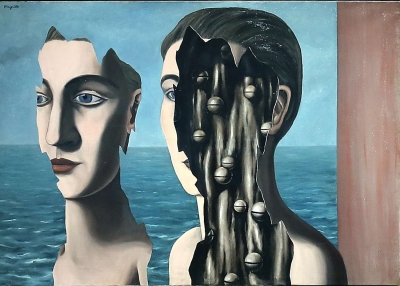
Surrealism is a movement in art and literature pioneered in France in the early 1920s. Read on to know more about it.
Surrealism is a movement in art and literature that seeks to portray the workings of the unconscious mind as manifested in dreams and aims at expressing visions free from conscious rational control. It was pioneered in France around 1924 under the leadership of French poet and critic Andre Breton. Surrealists were influenced by the theories on dreams and the subconscious mind as explained by Sigmund Freud, the Austrian father of psychoanalysis.
Although surrealism was embraced by various kinds of artists like poets, writers, film-makers and photographers, it had its strongest impact in the field of painting. Surrealist artists used techniques like automatism (used by Freud for his patients) which refers to creating art without conscious thought. They believed in the spontaneity of expression, uninhibited by societal limitations. They would paint scenes that make no rational sense. For example, in one of his paintings, Belgian artist Rene Magritte showed a normal table setting that includes a plate holding a slice of ham, from the centre of which stares a human eye.
Surrealists hailed from different nations but Paris remained the centre of the movement. It petered off with the onset of World War II although many critics still consider it a relevant cultural force.
Picture Credit : Google




